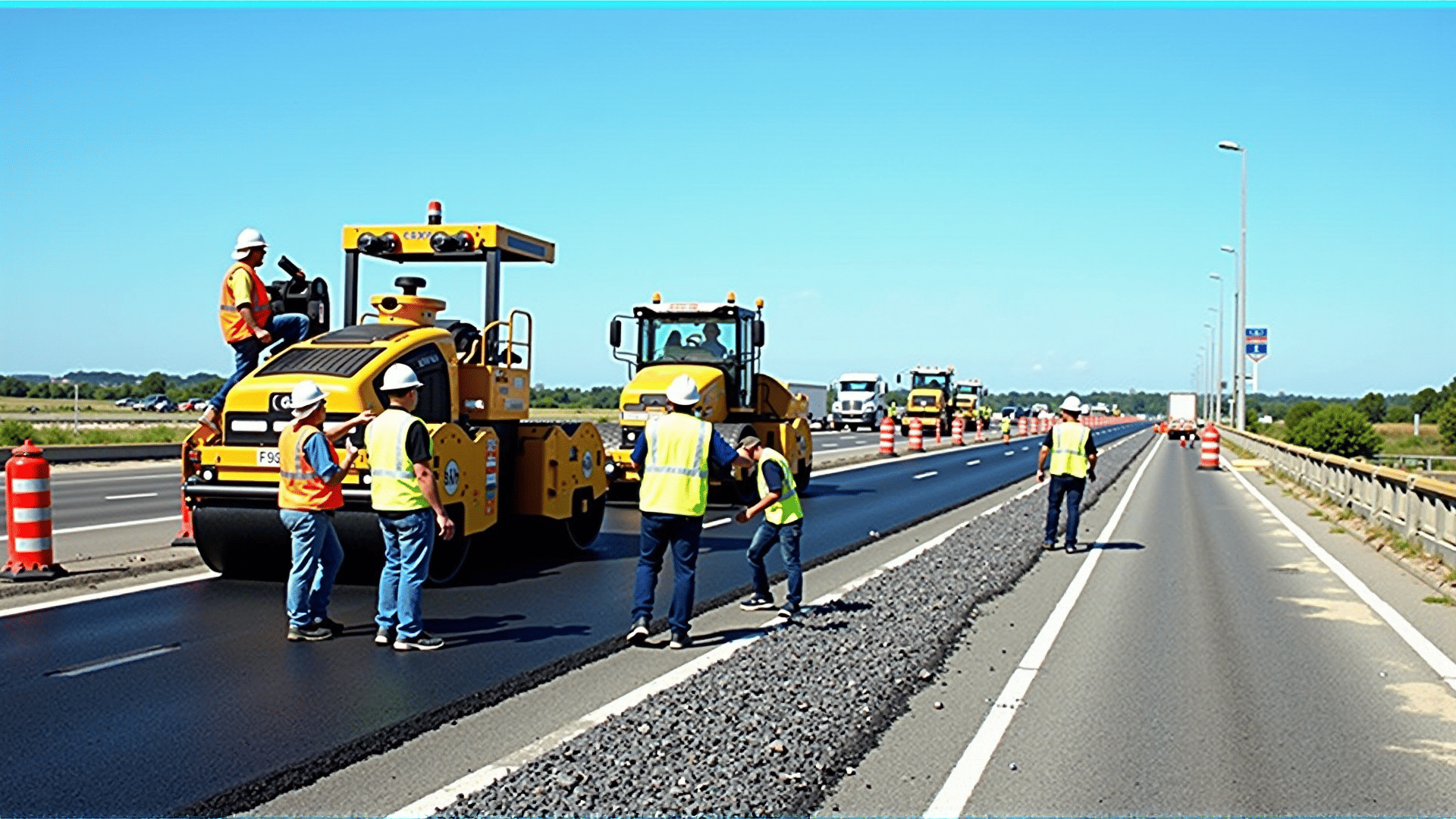Amex Road Maintenance has been at the forefront of revolutionizing the traditional methods of road repair by introducing several innovative techniques designed to enhance both efficiency and durability. As our infrastructure continues to age, the need for sustainable and long-lasting solutions has never been more critical. Here’s how Amex is transforming the way we look at road repair.
One of the most groundbreaking techniques they have adopted is the use of infrared asphalt repair. This method involves heating the existing asphalt surface to approximately 300 degrees Fahrenheit using infrared heaters, softening it to facilitate easy manipulation. Once softened, new asphalt can be seamlessly integrated into the existing layer, and the surface is then compacted to create a smooth, durable finish. This reduces material waste and cuts down repair times significantly while ensuring a strong bond between the old and new asphalt.
In addition to infrared technology, Amex is employing cold in-place recycling (CIR), a process that recycles existing road materials on-site, eliminating the need for transporting large amounts of new materials. CIR involves grinding the existing asphalt, mixing it with a binding agent, and laying it back on the road surface. This method is not only eco-friendly but also cost-effective, reducing the carbon footprint associated with road repairs and extending the life of repaired surfaces.
Another innovative approach is the implementation of geosynthetics to reinforce road structures. By embedding geotextiles or geogrids in the pavement layers, Amex enhances the structural integrity of roads. These materials help distribute loads more evenly, reducing cracks and potholes, and ultimately increasing the lifespan of road surfaces. This reinforcement process is particularly beneficial in areas with heavy traffic loads or weak subgrades.
Amex is also leveraging cutting-edge technologies like automated patching systems, which utilize robotic technology to quickly fill potholes with high precision. These systems are equipped with sensors and cameras to assess the damage and apply the appropriate amount of repair material, significantly reducing human error and enhancing repair quality.
Furthermore, the incorporation of self-healing asphalt is on the horizon for Amex. This innovative material contains microcapsules filled with rejuvenators that release upon cracking, allowing the asphalt to repair itself when small damages occur. Although still in the testing phases, this technology holds the potential to drastically reduce maintenance needs and extend the overall life of roads.
Finally, Amex is committed to utilizing advanced data analytics and machine learning to predict road deterioration trends. By analyzing data from road sensors and historical maintenance records, Amex can proactively address problem areas before they require more significant repairs. This predictive maintenance approach not only saves money but also minimizes traffic disruptions and enhances roadway safety.
In summary, Amex Road Maintenance is leading the charge in the road repair industry with its innovative techniques that focus on sustainability, efficiency, and durability. Through the adoption of advanced technologies and eco-friendly methods, Amex is setting a new standard in infrastructure maintenance that could serve as a model for the industry worldwide. As these techniques continue to evolve, the future of road repair looks promising, paving the way for safer and more reliable transportation networks.
